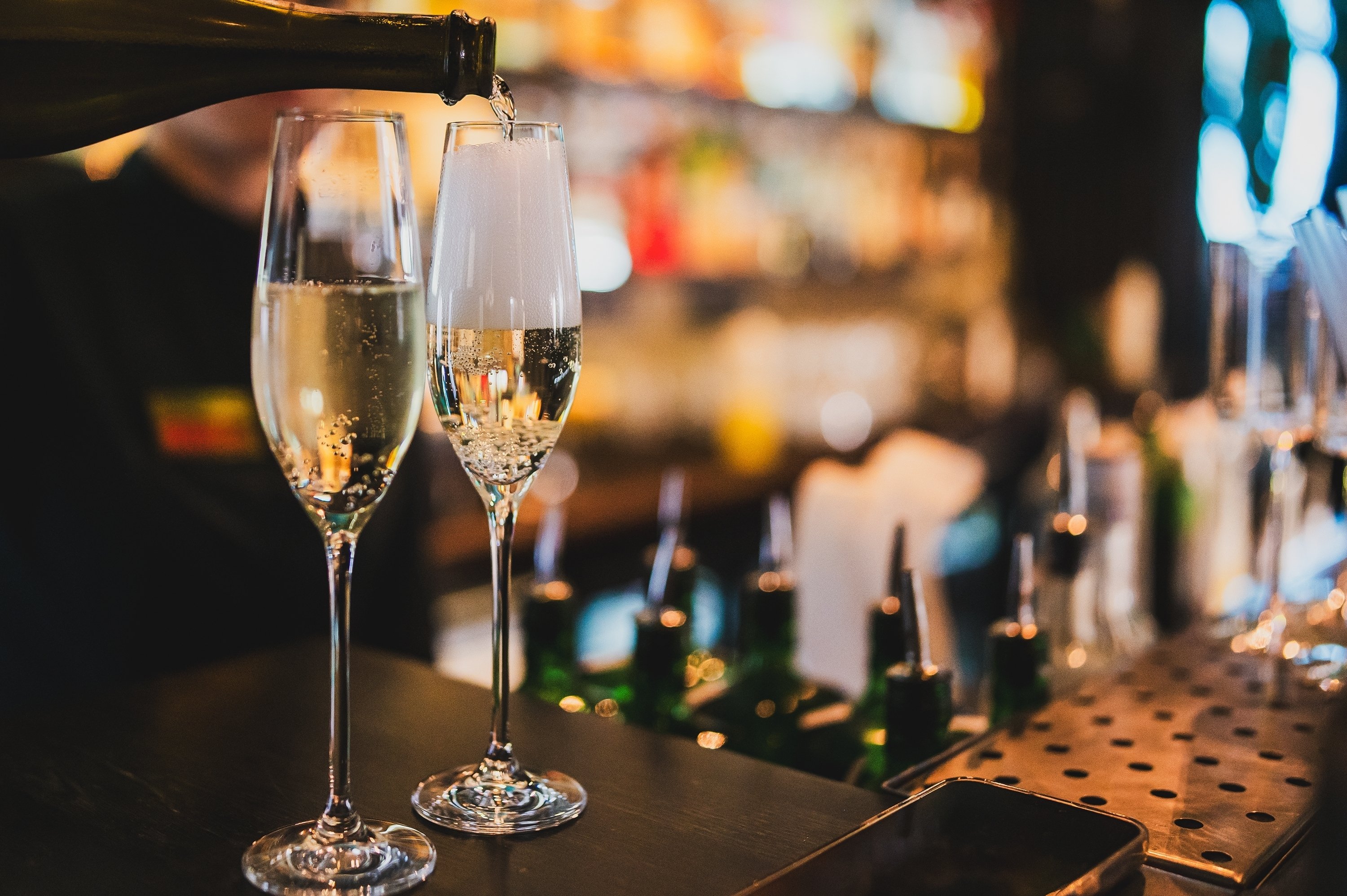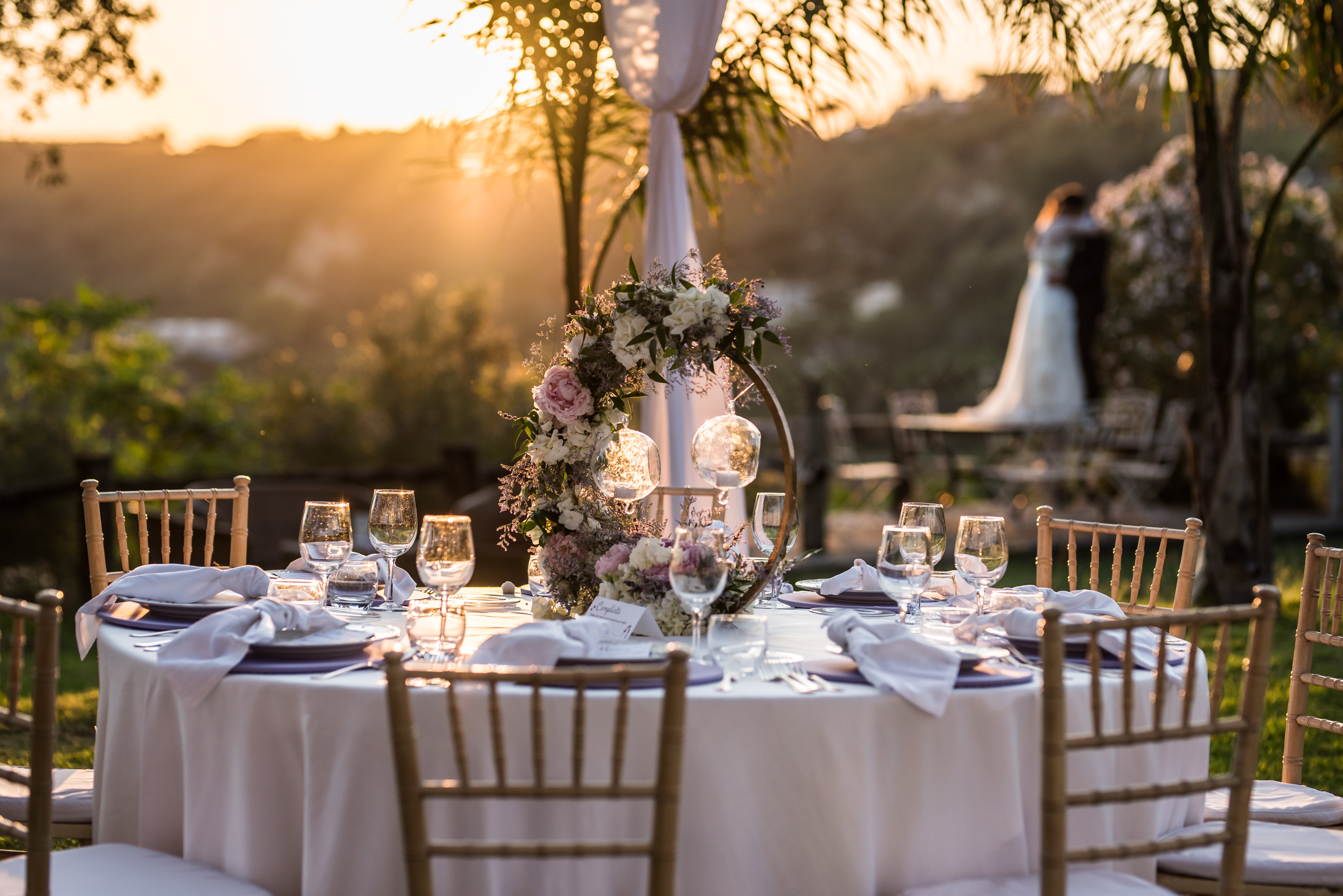The Calf of Man – A Wildlife Haven in The Irish Sea
Just across a narrow tidal sound from the southern tip of the Isle of Man lies a smaller, uninhabited island. The Calf of Man is only around one and a half square miles in area, with no permanent population, no roads and no commercial development. The island is left almost entirely to nature, and those few who come to observe, record, and safeguard it. Owned by the Manx National Heritage Trust and managed as a bird observatory since 1959, it is one of the most carefully protected areas in the British Isles.
Despite its size, the Calf is rich in story. Shipwrecks dot the reefs offshore, the ruins of lighthouses and farms remain scattered inland, or what little can be seen of their remains. Visiting scientists, naturalists, and volunteers rotate through its modest warden’s quarters every spring and summer to observe and preserve the island’s ecological status quo. The sea narrows to just 700 metres between the Calf and the mainland, yet it stands a world apart, bereft of much human contact and a true haven for wildlife.
A History of Isolation
The Calf’s recorded history dates back only a few centuries, though evidence suggests much earlier human activity. Christian monks are believed to have settled here in the first millennium, drawn by the sense of isolation that left them free from persecution and Viking raiders. However, history shows this would not have lasted with the Viking conquest of the neighbouring Isle of Man. Its apt name "Calf" comes from the Old Norse kalfr, meaning a smaller island near a larger one, and this seemingly unremarkable name potentially clues as to how unimportant the territories’ new overlords saw the small spit of land.
In the 19th century, the island was home to a small community of lighthouse workers and their families, overseeing two lighthouses that guided vessels through the treacherous waters of the Sound. The lights were decommissioned in favour of a single mainland structure, although the crumbling remains of those earlier towers are still visible, rising above wild bracken and bushes.
Until 1959, the island was privately owned and used mainly for grazing sheep and seasonal farming. It was then purchased and generously gifted to the National Trust by a Mr F.J. Dickens, who wished for it to become a bird sanctuary, recognising the island's importance for aves. It is now leased to Manx National Heritage, completing its transformation from a private territory to protected wildlife sanctuary.
Sparse Remnants of Former Occupants
Although the Calf remains uninhabited for most of the year, and is almost eerie in the retreat of humans from the shores, some traces of former settlements still remain. The old farmhouse buildings dating to the 18th century speak of a time when the island supported a more consistent (albeit still sparse) human presence. Stone walls mark out former grazing lines, as well as the ruined lighthouses, which are easily visible from the sea. The abandonment of the islands and the erosion of all of its buildings give the landscape an almost post-human character, where everything manmade is slowly being reclaimed by the island.
These ruins have not been restored or reimagined for visitors, as it would serve contrary to the island's purpose of offering a haven for wildlife. As mentioned, the only way to stay on Calf and explore it thoroughly is by way of volunteering or research/scientific missions, with lodgings available for up to eight people in the former steward's house. Boat trips do run for visitors to take short trips to the island and see the observatory, with services running from Port Erin and Port St. Mary, lasting up to four and a half hours, depending on sea conditions and tides.
A Living Observatory
The Calf of Man is best known today for its bird observatory. Each year, scientists and volunteers visit during the spring and summer seasons to monitor seabird populations, migratory patterns, and climate-related shifts in biodiversity. It is one of the best places in the British Isles to observe breeding colonies of puffins, Manx shearwaters, guillemots and razorbills. The island is also home to nesting peregrine falcons and hen harriers, with a small seal colony attracting many boat-bound visitors to watch their antics, lounging along the rocky coves below.
There are no paved paths, no lighting of any kind to illuminate the island, with only two former farmhouses adapted to house visiting researchers left as working structures, and a composting toilet. The rest is pure moorland, exposed granite, rustling gorse and the Irish Sea on all sides. But amidst all this isolation, on summer days when the gannets circle and the rock samphire flowers along the cliffs, the Island’s raw beauty and energy give it an unshakeable presence.
An Island Without Ownership
Unlike other islands that might come to market with private estates or hospitality potential, including on the Isle of Man, the Calf of Man will never be sold thanks to its designation as a national heritage site. Whilst forever remaining untouched by development, its future is maintained by the quiet stewardship of teams of naturalists, bird-ringers and heritage volunteers who reside in the complete opposite of comfortable luxury, spending their days recording the movement of wings, sea fog, and storms.
In an era when island ownership is becoming increasingly sought after due to exclusivity, the Calf of Man strikes a chord as a place where nature has weathered the ever-grasping reach of human hands, and will continue to endure almost entirely unspoilt. The Calf offers something beyond ownership. It offers perspective for what’s possible if those with means choose to preserve rare plots of land such as this, rather than seek to conquer it for their own ends.



